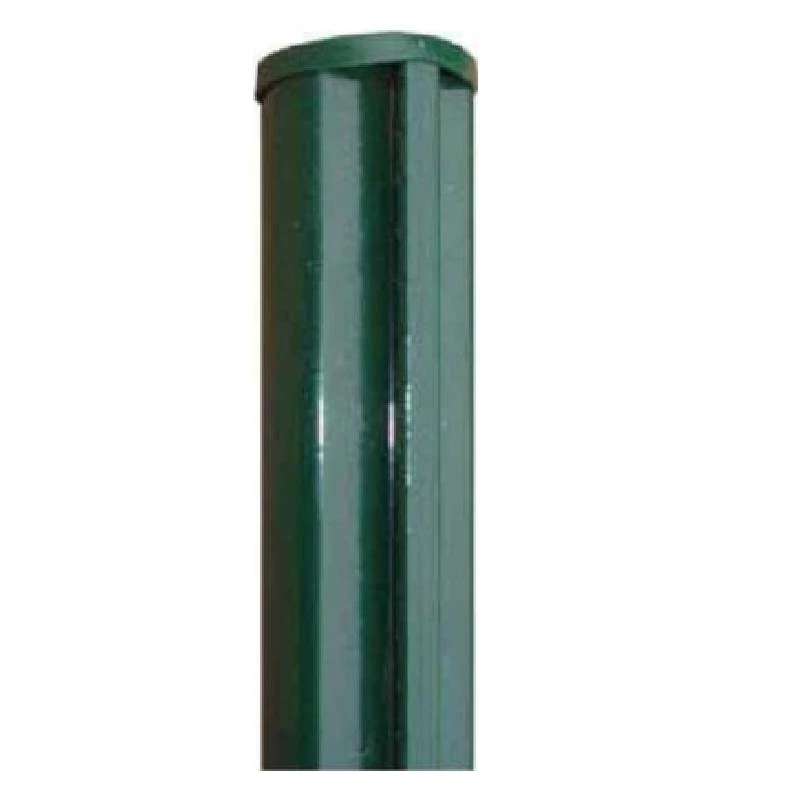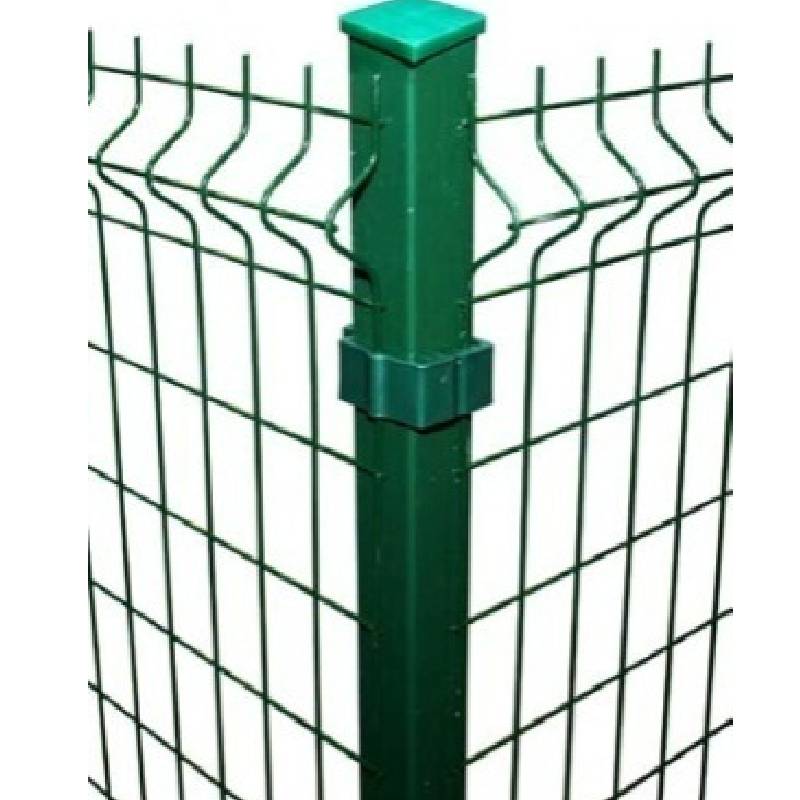-
Netfang:zhao@hyliec.cn
-
Sími:+86 311 85273988
-
WhatsAPP:8613931128750
-
 Afríku
Afríku -
 albanska
albanska -
 amharíska
amharíska -
 arabíska
arabíska -
 Armenska
Armenska -
 Aserbaídsjan
Aserbaídsjan -
 baskneska
baskneska -
 hvítrússneska
hvítrússneska -
 bengalska
bengalska -
 bosníska
bosníska -
 búlgarska
búlgarska -
 katalónska
katalónska -
 Cebuano
Cebuano -
 korsíkanskt
korsíkanskt -
 króatíska
króatíska -
 tékkneska
tékkneska -
 danska
danska -
 hollenska
hollenska -
 Enska
Enska -
 esperantó
esperantó -
 eistneska, eisti, eistneskur
eistneska, eisti, eistneskur -
 finnska
finnska -
 franska
franska -
 frísneska
frísneska -
 galisíska
galisíska -
 georgískt
georgískt -
 þýska, Þjóðverji, þýskur
þýska, Þjóðverji, þýskur -
 gríska
gríska -
 Gújaratí
Gújaratí -
 Haítískt kreóla
Haítískt kreóla -
 hausa
hausa -
 hawaiískur
hawaiískur -
 hebreska
hebreska -
 Neibb
Neibb -
 Miaó
Miaó -
 ungverska, Ungverji, ungverskt
ungverska, Ungverji, ungverskt -
 íslenskur
íslenskur -
 igbó
igbó -
 indónesíska
indónesíska -
 írska
írska -
 ítalska
ítalska -
 japönsku
japönsku -
 javanska
javanska -
 Kannada
Kannada -
 kasakska
kasakska -
 Khmer
Khmer -
 Rúanda
Rúanda -
 kóreska
kóreska -
 Kúrda
Kúrda -
 Kirgisi
Kirgisi -
 TB
TB -
 latína
latína -
 lettneska
lettneska -
 litháískur
litháískur -
 Lúxemborg
Lúxemborg -
 makedónska
makedónska -
 Malgashi
Malgashi -
 malaíska
malaíska -
 Malajalam
Malajalam -
 maltneska
maltneska -
 Maori
Maori -
 Marathi
Marathi -
 mongólska
mongólska -
 Mjanmar
Mjanmar -
 nepalska
nepalska -
 norska
norska -
 norska
norska -
 oksítanska
oksítanska -
 Pastó
Pastó -
 persneska
persneska -
 pólsku
pólsku -
 portúgalska
portúgalska -
 Púndjabí
Púndjabí -
 rúmenska
rúmenska -
 Rússneskt
Rússneskt -
 Samósk
Samósk -
 skosk gelíska
skosk gelíska -
 serbneska
serbneska -
 Enska
Enska -
 Shona
Shona -
 Sindhi
Sindhi -
 Sinhala
Sinhala -
 slóvakíska
slóvakíska -
 slóvenska
slóvenska -
 sómalska
sómalska -
 spænska, spænskt
spænska, spænskt -
 Sundaneskir
Sundaneskir -
 svahílí
svahílí -
 sænsku
sænsku -
 Tagalog
Tagalog -
 Tadsjikska
Tadsjikska -
 tamílska
tamílska -
 Tatar
Tatar -
 Telúgú
Telúgú -
 Tælensk
Tælensk -
 tyrkneska
tyrkneska -
 Túrkmena
Túrkmena -
 úkraínska
úkraínska -
 Úrdú
Úrdú -
 Uighur
Uighur -
 úsbekskur
úsbekskur -
 Víetnamska
Víetnamska -
 velska
velska -
 Hjálp
Hjálp -
 jiddíska
jiddíska -
 Jórúba
Jórúba -
 Zulu
Zulu
Skylmingarpóstur
What Type Of Fence Post Is Best?
The best type of fence post depends on various factors such as the type of fence, local climate, soil conditions, and personal preferences. Common options for fence posts include:
1. Round steel posts: Round steel posts are a traditional and versatile choice, suitable for various fence types. They can be treated to resist rot and decay, but may require maintenance over time.
2. Square steel posts and rabbet posts offer durability and strength, making them suitable for supporting heavy or high-security fences. They are resistant to rot and insect damage.
3. Steel round posts/ square posts/ rabbet with base plate: They are suitable to install on the concrete ground, and fixed by concrete nails.
What Size Is A Fence Post?
Fence posts come in various sizes, typically having Φ32 Φ34 Φ38 Φ48 Φ60 Φ80 for round steel posts and 40x40 60x60 40x60 60x60 80x80 100x100 etc for square tube posts in dimension. The specific size of a fence post depends on the type of fence being installed, the height and weight of the fence panels, and the local building codes or regulations. It's important to select the appropriate size of fence post to ensure stability and structural integrity for the specific fencing project. Consulting with a professional or referring to local building codes can provide guidance on the recommended size of fence posts for a particular application.
Fence Post FAQ:
What type of fence post is best?
The best type of fence post depends on various factors such as the type of fence, local climate, soil conditions, and personal preferences. Common options for fence posts include round steel posts, square steel posts and rabbet steel posts, posts with base plate or without base plate. Each type has its own advantages and considerations, so it's important to choose the most suitable option based on the specific requirements of the fence project.
What size is a fence post?
Fence posts come in various sizes, typically typically having Φ32 Φ34 Φ38 Φ48 Φ60 Φ80 for round steel posts and 40x40 60x60 40x60 60x60 80x80 100x100 etc for square tube posts in dimension. The specific size of a fence post depends on the type of fence being installed, the height and weight of the fence panels, and local building codes or regulations. It's important to select the appropriate size of fence post to ensure stability and structural integrity for the specific fencing project.
How to install a panel fence?
Paneling a fence involves several steps, including measuring and planning, installing the posts, attaching the panels, adding finishing touches, and performing regular maintenance. It's important to follow the manufacturer's instructions and local building codes when paneling a fence to ensure proper installation and compliance with regulations. If in doubt, it's advisable to consult with a professional or seek guidance from experienced individuals.






